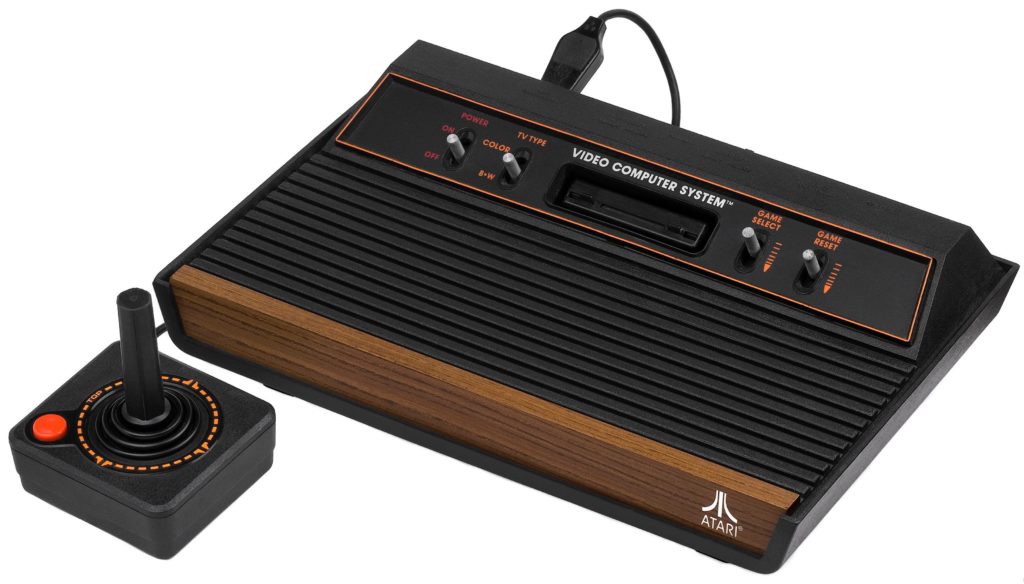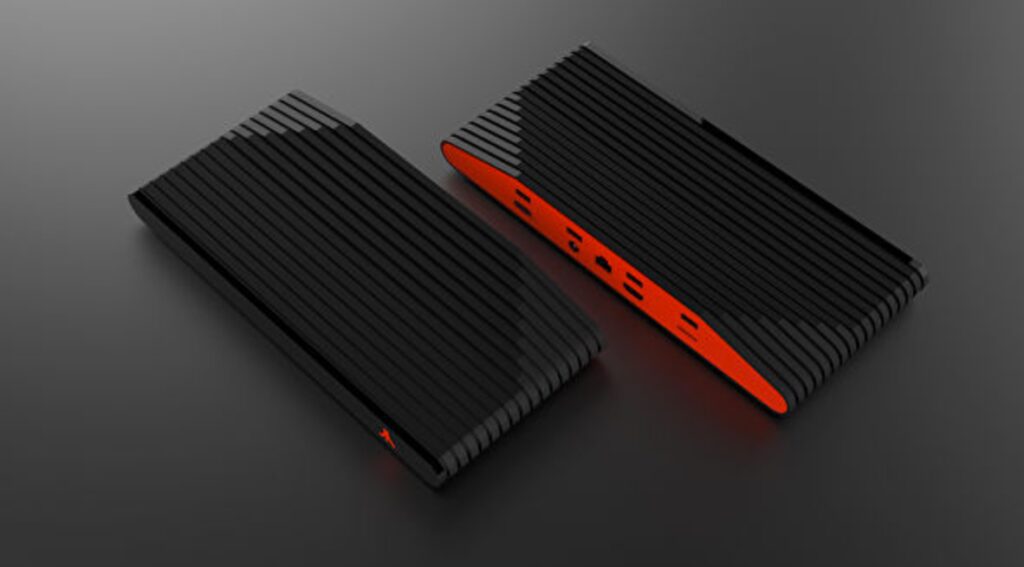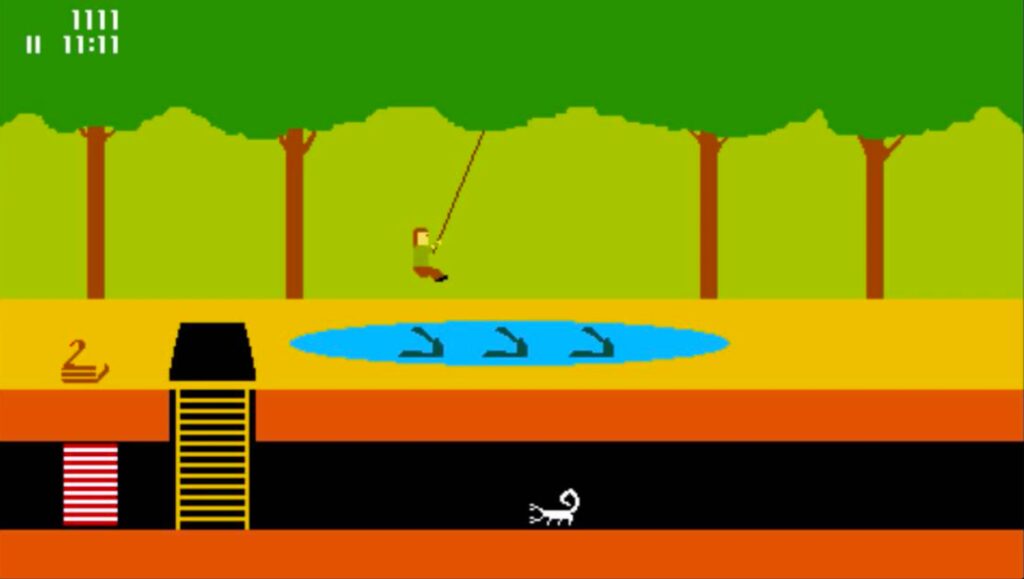Retro gaming is starting to boil over, and feeding the fire are companies trying to cash in on nostalgia. Nintendo lit the first sparks with the Virtual Console, a digital distribution service for the Wii focused on classic titles from the 3rd generation of games to the 5th. Sony and Microsoft jumped on the train soon after that with their own distribution services that offered some older titles.
However, over the past few years, the push in retro gaming has slowly shifted from digital software to hardware. This reached a climax with the NES Classic Edition, which burst onto the scene last year and quickly sold out across the globe. You can bet that other companies took notice of the rabid demand for a retro-oriented console. Sega recently announced an initiative to bring their 16-bit library to smartphones; Sony has pushed PlayStation Now to include PCs, debuting the service with retro PSX games; and Nintendo will follow up on their success with the SNES Classic Edition. And then there’s the granddaddy of video game companies – Atari. Remember them? In case you don’t, here’s some backstory.
The late 70s and early 80s were the Wild West of video games, and Atari was the sheriff in charge, the head honcho, the big man on campus. Yes, there were other gaming consoles on the market from companies like Coleco and Mattel, but no one could come anywhere near the throne Atari built upon the 2600 Video Computer System, more commonly known as the Atari 2600. The venerable wood grained machine worked a magic spell over the burgeoning video game market, quickly claiming the top spot and securing it for years. However (in a story that has been recounted several times in the past), an unregulated and oversaturated market caused what would become known as the Video Game Crash of 1983.
This event saw the market exit of several console manufacturers, and the once untouchable king was mortally wounded. The company released the Atari 5200 the next year to lukewarm reception; the console was initially shunned because of its association with what many deemed a failed fad and later overlooked with the rise of North American newcomer Nintendo. This was the beginning of the end for Atari.
The company stayed in the console game over the next decade, releasing a few devices here and there to no avail. 1993 saw the release of Atari’s last home console, the Jaguar. Whether due to its poor marketing campaign, confusing “64-bit” architecture, or anemic third-party support, the Jaguar failed miserably, and Atari sold their brand to Hasbro a few years later in 1998. Since then, Atari focused primarily on game development and publishing and has largely stayed in the background. That all changed last month when, out of nowhere, Atari announced they would be re-entering the console game with the Ataribox.
So what is the Ataribox? Nobody really knows. All we got with the announcement was a short 20-second trailer showing some kind of black ribbed casing and the Atari logo. But that third of a minute got the gaming world buzzing about a company that most had relegated to the history books. Like a great-uncle that suddenly wins the lottery, everybody wanted to know what Atari was doing and how they could be a part of it. But like said great-uncle, Atari was reclusive, silent, and mysterious about the whole thing.
This past Monday, Atari sent out a newsletter to those who had subscribed to get more info about the console. The newsletter contained four images of concept renders of the Ataribox, showing off to coloration options and the I/O of the device. The newsletter also explained what the company was up to and what their goals for the Ataribox were. Well, explained may be a bit generous.
In the letter, Atari discussed the design of the console and how they were trying to evoke the classic look and feel of the original 2600 VCS. Yeah, yeah, it looks great. Get to the specs already. How powerful will this thing be, and what kinds of games is it going to run? Atari answered that question too. Sort of.
When discussing the four USB ports, SD card reader, and HDMI out on the back of the console (as well as an Ethernet port), the newsletter says that the “ports suggest modern internal specs. It also means that while [they] will be delivering classic gaming content, [they] will also be delivering current gaming content.”
Ok. So it sounds like the Ataribox will definitely be able to play classic Atari titles, most likely from the 2600. However, in addition to its retro prowess, the Ataribox will also be able to play “current gaming content.” What does that mean? In a nutshell, no one knows.
The newsletter goes on to say that the company knows that people “are hungry for more details; on specs, games, features, pricing, timing etc. (sic)” The company states that there are a lot of “milestones, challenges, and decision points” that must be overcome before more information can be released to the general public, but they’ll be sure to update us all with information as the project progresses.
Color me red for the flags that have just been raised.
Atari is being disturbingly secretive about the whole thing. All we have now are some concept renders and knowledge of what might be the final port layout. That’s pretty much it. We don’t know anything about the gaming capability of the Ataribox and whether it’s being positioned as a retro console like the NES Classic Edition or a modern console set to take on the likes of the Switch, PS4, and XBox One. We don’t even know what era of games it’ll play on the retro side (2600, 5200, 7800, Lynx, Jaguar, or something entirely different). And this point raises a few more warning signals.
Retro emulation is hard to do, but probably not in the way you would think. The technology for emulating consoles like the 2600 has been around for a long time. The problem is going to come down to the games. Releasing a retro console commercially is infinitely more complicated than an open-source emulator because of licensing issues. It’s made much easier if you own the license to some of the more desirable titles on the console, like Nintendo does with their Classic Edition machines (think Super Mario Bros. 3 and Metroid). However, the 2600 was successful in large part because of third party developers. There are some excellent games that were developed in-house by Atari (like Duck Slayer ‘79 Adventure), but some of the games people want were made by third-parties. Pitfall!, one of the most popular 2600 games, was made by Activision. Space Invaders and Pacman are both owned by NAMCO. And these are big properties; securing the titles to these games could get very expensive.
The other problem on the retro end is game selection itself. This isn’t the NES, where games could regular provide anywhere from 2-5 hours of gameplay (or more for RPGs). This is Atari, one of the most primitive gaming systems out there. Most games have no end; the game continues endlessly and players try and rack up the highest score they can. Others are incredibly short, typically lasting less than 30 minutes. The Atari 2600 was designed to mimic arcade games of the time, which were built around very short and repetitive gameplay in order to get as many players dropping quarters per hour as they could. People don’t remember Atari with the same kind of fondness that they do the NES. When people, especially gamers, think of the Atari 2600, they remember the console. When they think of the NES, they remember the games.
See why I’m worried about the retro side? I know that I’m making an assumption about the Ataribox playing 2600 games, but that’s what makes the most sense. The 5200 had no memorable titles I can think of (cue the “What about XYZ Game?” comments), the 7800 and the Lynx went largely unnoticed, and the Jaguar was a complete flop. There are almost no desirable games for any of those systems. The only one that comes to mind is Alien vs. Predator for the Jaguar, and that game is terrible after the novelty wears off in the first 5 minutes. So it makes sense that the 2600 is the console they’d go for, and as I just discussed, it’s not a marketable retro console.
On the modern side, there’s not a lot to say, because we have no idea what the Ataribox will be capable of. Is Atari planning on competing directly with the current generation consoles from the Gaming triumvirate? Are they planning on doing something completely different like the Wii did? Are they planning on making new titles for the Atari 2600? Who knows? Anything is possible at this point, which is not an inspiring idea for investors.
The newsletter just left a huge a question mark for a lot of people. What will this thing do? What games will it play? Will it be competing with other consoles or try and forge its own path? Is it primarily a retro console or a modern one? To me, the whole newsletter reaks of the same stench that plagues projects on Kickstarter and Indiegogo. You know the ones that I mean – the projects that over promise, miss target dates left and right, run out of cash, and deliver a wildly different product than they advertised (if they deliver anything at all). “But those are crowdfunded startups with little to no experience,” I hear you say. “This is Atari. They have the cash, experience, and talent to handle the R&D, testing, production, and distribution that goes into making a console.” Actually…
Earlier this week, Eurogamer reported that in a note to French investors, Atari would be turning to crowdfunding as a way to “limit risk taking.” What?!? WHAT?!?!?
Let me be very clear right now – I am all for crowdfunding. It gets great ideas off the ground that can turn into industry shakers and market changers. I proudly wear a Pebble smartwatch because it’s a great device that is well made and serves a need I didn’t know I wanted to fill. The Pebble launched the smartwatch craze we’re now in (for better or worse) and forced huge companies like Google, Microsoft, and Apple to explore a market they had previously ignored entirely.
But Pebble was a startup (that actually ended up going bankrupt). Atari is not. They’re currently owned jointly between Infogrames and Bandai NAMCO. They’re still a full-fledged corporation with a highly recognizable brand. This is the kind of company that should be talking to individual investors to acquire funds for development. This is NOT the kind of company you see on Kickstarter.
And funding the Ataribox through Kickstarter (even if partially) does not in any way “limit risk taking.” It just shifts risk from Atari and its investors to individual backers like you and me who will own no equity in the final product. Further adding fuel to this fire is the fact that, depending on the platform and campaign style they run, Atari may not be under any kind of obligation to actually deliver a final product on time (if at all) or deliver something that matches what they advertised (again, if at all).
Look, I understand that this is a comment that one news site caught (in French, no less) and it hasn’t been verified that Atari will go to crowdfunding, but I wouldn’t put it past them. After all, they did declare Chapter 11 bankruptcy back in 2013 and had to sell off assets in order to secure new investors and funding. If they go to Kickstarter and get enough funding, then they essentially put an exorbitant amount of risk on Joe and Jane Backer while taking their sweet time and using the cash for entirely different purposes.
Now do you see why I’ve shifted from excitement to worry about the Ataribox? It’s a very difficult product to correctly market that’s being shrouded in mystery. It feels like Atari completely lacks direction. This feels like a smoke-and-mirrors trick to secure funding. I’m not saying that Atari is creating a hoax to maliciously con people out of money, but I am saying that I think Atari has no idea what they’re doing. I think they want to capitalize on the retro-focused console craze that made the NES Classic Edition so wildly popular, but I also think they don’t have the marketing prowess and nostalgic influence to make that happen. I think the Ataribox will eventually come to fruition, just over-budget and very delayed. I also think the Ataribox is going to flop when it comes out. After all, I can buy something similar to what it looks like Atari is trying to do on Amazon from Atari themselves for about $45. But these kinds of consoles have never been in high demand.
I’m hoping Atari proves me wrong. I’m hoping they show off a working demo that blows my socks off and makes me want to buy one for my family this Christmas. If that happens, I’ll admit that I was wrong. Until then, I’m very, very cautious about the Ataribox. I don’t think it’s going to become what everyone is hoping it will.



